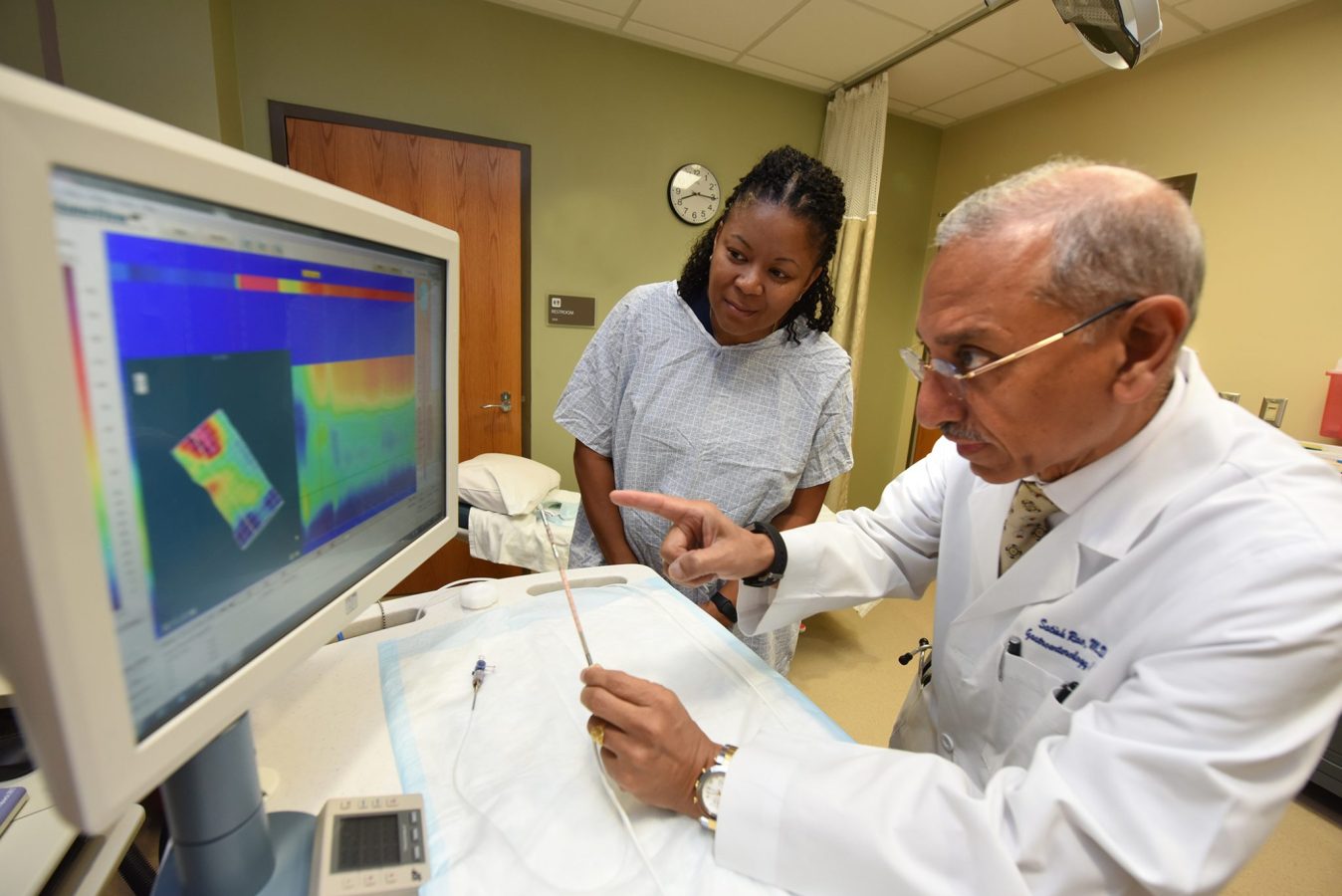Revealing the Connection Among qEEG and Slumber Apnea Patterns for Improved Diagnosis and Therapy
Revealing the Connection Among qEEG and Slumber Apnea Patterns for Improved Diagnosis and Therapy
Blog Article
Slumber hypopnea is a prevalent slumber condition that impacts many individuals around the globe. It happens when a individual's breathing is interrupted during slumber, resulting to poor sleep standards and various health concerns. One of the methods researchers and doctors are working to better understand and identify sleep apnea is through a technique called quantitative EEG, or qEEG. This approach measures the electrical function of the brain and can provide important understandings into how sleep apnea affects cerebral function and general well-being.
qEEG entails placing small sensors on the head to capture brain waves. These cerebral oscillations are then analyzed to identify patterns that may suggest sleep disorders, including sleep apnea. By examining these trends, medical providers can gain a clearer understanding of how sleep apnea interrupts typical brain activity during sleep. This data can be essential for developing efficient treatment plans customized to specific clients. Understanding the relationship between qEEG and sleep apnea can result to enhanced identification methods and superior results for those impacted by this disorder.
Research has shown that people with sleep apnea often display distinct changes in their brain oscillation patterns. For example, during episodes of apnea, the brain may exhibit heightened function in specific areas while other areas become less active. These alterations can influence how well a individual sleeps and how rested they feel upon waking. By using qEEG to monitor these cerebral oscillation trends, physicians can recognize particular characteristics of sleep apnea in patients, which can help in formulating a more accurate identification. This is particularly crucial because sleep apnea can occasionally be confused for alternative sleep disorders, leading to inappropriate treatments.
In addition to improving diagnosis, qEEG can also play a role in assessing the efficacy of therapies for sleep apnea. For example, after a client starts employing a constant beneficial airway force (CPAP) machine, which helps keep the airway open during slumber, qEEG can be used to evaluate changes in brain activity. If the brain exhibits improved patterns of slumber after initiating treatment, it may suggest that the treatment is working effectively. This feedback can help doctors formulate required modifications to therapeutic strategies, ensuring that patients receive the best treatment feasible.
In summary, the connection between qEEG and sleep apnea patterns is an exciting area of research that holds potential for improving identification and therapy. By comprehending how sleep apnea impacts brain function, healthcare providers can develop more effective strategies to assist clients attain better slumber read here and enhance their general well-being. As research continues to evolve, it is likely that qEEG will become an integral instrument in the battle against sleep apnea, resulting to superior results for those who suffer from this challenging condition.